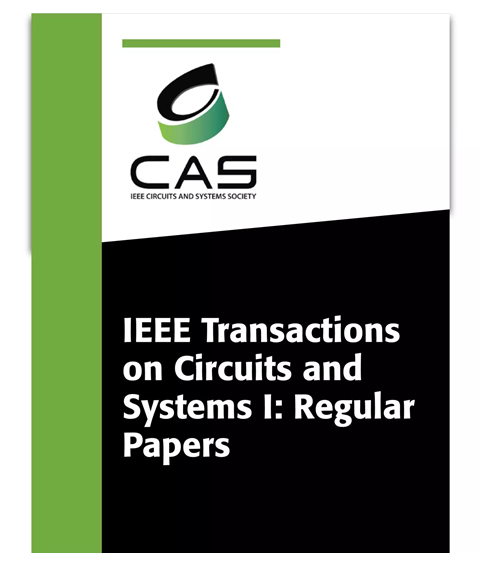A High-Voltage Differential SPDT T/R Switch for Ultrasound Systems
IF 5.2
1区 工程技术
Q1 ENGINEERING, ELECTRICAL & ELECTRONIC
IEEE Transactions on Circuits and Systems I: Regular Papers
Pub Date : 2024-07-25
DOI:10.1109/TCSI.2024.3426558
引用次数: 0
Abstract
An improved bootstrapped circuit topology is proposed for the design of a high-voltage, differential, single-pole double-throw transmit/receive switch for an ultrasound hand gesture recognition system. The differential transmit/receive switch is designed in a用于超声系统的高电压差分 SPDT T/R 开关
为设计超声手势识别系统的高压、差分、单刀双掷发射/接收开关,提出了一种改进的自举电路拓扑结构。差分发送/接收开关采用 0.18~\mu $ m 高压 BCD 技术设计。虽然单端版本也可与传统超声波传感器连接,但它旨在与双晶压电微机械超声波传感器电极连接。综合分析得出了有用的见解,即偏离隔离对高压输入回转率的依赖性,以及共模抑制比对阈值失配和时序错位的依赖性。此外,还开发了一个扩展模型,用于预测通过 DMOS 晶体管产生的谐波失真。测量结果验证了设计准则和开关操作的有效性。开关电路显示出 67~Omega $ 的导通电阻和 -63 dB 的关断隔离,而所占面积不大,仅为 289~\mu $ m 的 295~\mu $ m。据作者所知,这种差分开关是压电微机械超声换能器生物医学超声系统中的首个同类产品。
本文章由计算机程序翻译,如有差异,请以英文原文为准。
求助全文
约1分钟内获得全文
求助全文
来源期刊
CiteScore
9.80
自引率
11.80%
发文量
441
审稿时长
2 months
期刊介绍:
TCAS I publishes regular papers in the field specified by the theory, analysis, design, and practical implementations of circuits, and the application of circuit techniques to systems and to signal processing. Included is the whole spectrum from basic scientific theory to industrial applications. The field of interest covered includes: - Circuits: Analog, Digital and Mixed Signal Circuits and Systems - Nonlinear Circuits and Systems, Integrated Sensors, MEMS and Systems on Chip, Nanoscale Circuits and Systems, Optoelectronic - Circuits and Systems, Power Electronics and Systems - Software for Analog-and-Logic Circuits and Systems - Control aspects of Circuits and Systems.

 求助内容:
求助内容: 应助结果提醒方式:
应助结果提醒方式:


